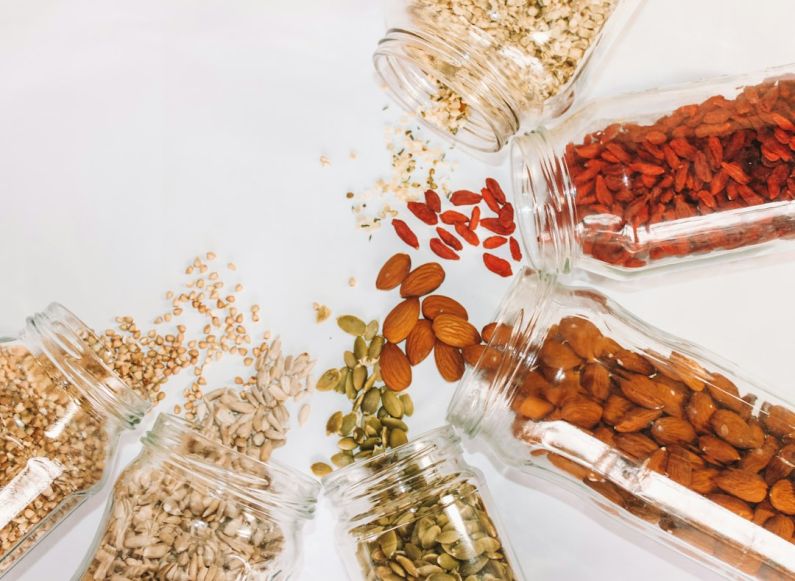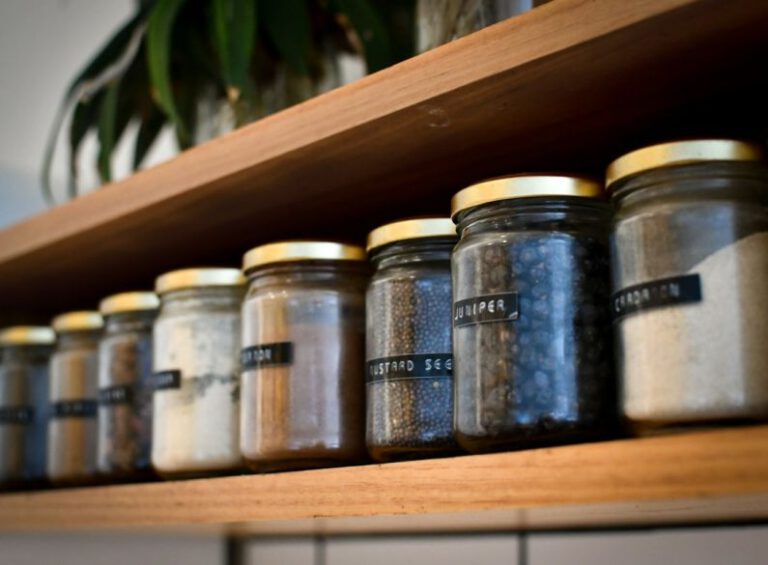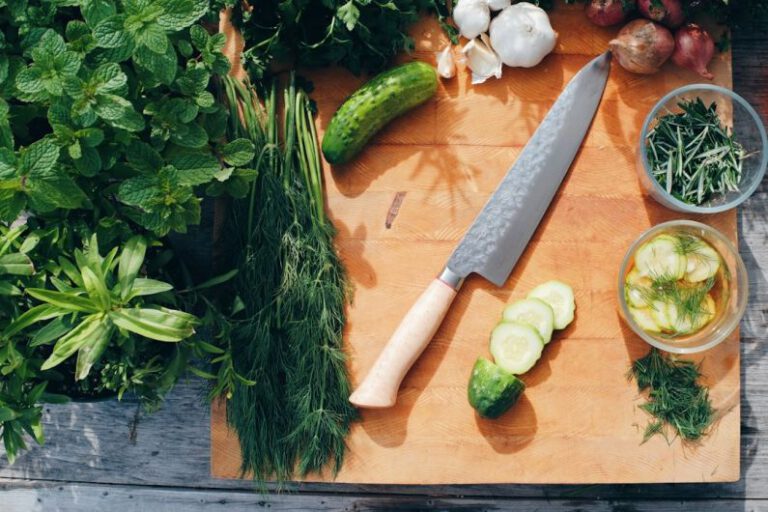Maintaining Freshness in Nuts and Seeds
Nuts and seeds are not only delicious but also highly nutritious. They are packed with essential nutrients, including healthy fats, protein, vitamins, and minerals. However, to fully enjoy their benefits, it is important to ensure that they are fresh. Stale nuts and seeds can lose their flavor, texture, and nutritional value. In this article, we will explore some effective ways to maintain freshness in nuts and seeds.
Proper Storage
One of the key factors in maintaining the freshness of nuts and seeds is proper storage. When exposed to air, moisture, and heat, nuts and seeds can become rancid, leading to a loss of flavor and quality. To prevent this, it is crucial to store them in airtight containers or resealable bags. This will help to keep out moisture and maintain their crispness.
Additionally, it is advisable to store nuts and seeds in a cool and dry place, away from direct sunlight. Heat and light can accelerate the oxidation process, causing them to spoil faster. By storing them in a cool, dark area, you can extend their shelf life and preserve their freshness.
Avoid Bulk Purchases
While buying in bulk may seem like a cost-effective option, it is important to consider the shelf life of nuts and seeds. Purchasing large quantities may lead to a surplus, and unless consumed quickly, they may become stale over time. To ensure freshness, it is recommended to buy nuts and seeds in smaller quantities that can be consumed within a reasonable timeframe.
Freeze for Longevity
If you have purchased an excess amount of nuts and seeds or want to extend their shelf life, freezing can be an effective method. Freezing helps to slow down the oxidation process and preserves their freshness for a longer period. Before freezing, ensure that the nuts and seeds are properly sealed in airtight containers or freezer bags to prevent moisture from entering.
To use frozen nuts and seeds, simply thaw them at room temperature or soak them in water for a few minutes. However, it is important to note that freezing may slightly alter the texture of nuts and seeds, so it is best to use them in recipes that involve cooking or baking.
Roasting for Revitalization
If you find that your nuts and seeds have lost their crispness and flavor, roasting them can help revitalize their freshness. Roasting not only enhances their taste but also removes any excess moisture that may have accumulated over time. Spread the nuts and seeds on a baking sheet and roast them in the oven at a low temperature until they become golden and fragrant. However, be mindful not to over-roast them, as this can lead to a burnt taste.
Regular Quality Checks
Lastly, to ensure the freshness of your nuts and seeds, it is important to conduct regular quality checks. Check for any signs of mold, discoloration, or a rancid smell, as these indicate spoilage. If you come across any spoiled nuts or seeds, it is best to discard them immediately to prevent the contamination of other batches.
In conclusion, maintaining the freshness of nuts and seeds is essential to fully enjoy their taste and nutritional benefits. By following these tips, including proper storage, avoiding bulk purchases, freezing for longevity, roasting for revitalization, and conducting regular quality checks, you can ensure that your nuts and seeds remain fresh and delicious for a longer period. So go ahead, stock up on your favorite nuts and seeds, and enjoy their freshness in every bite!






